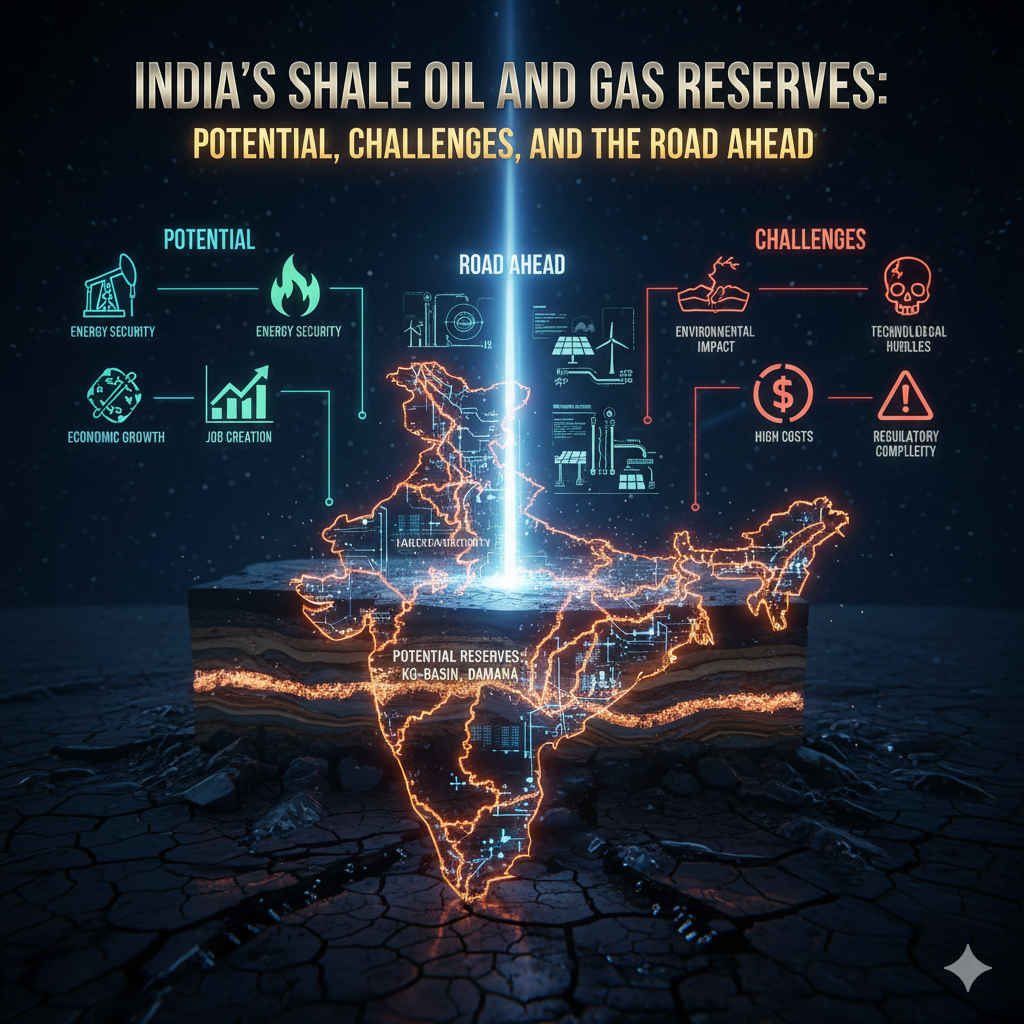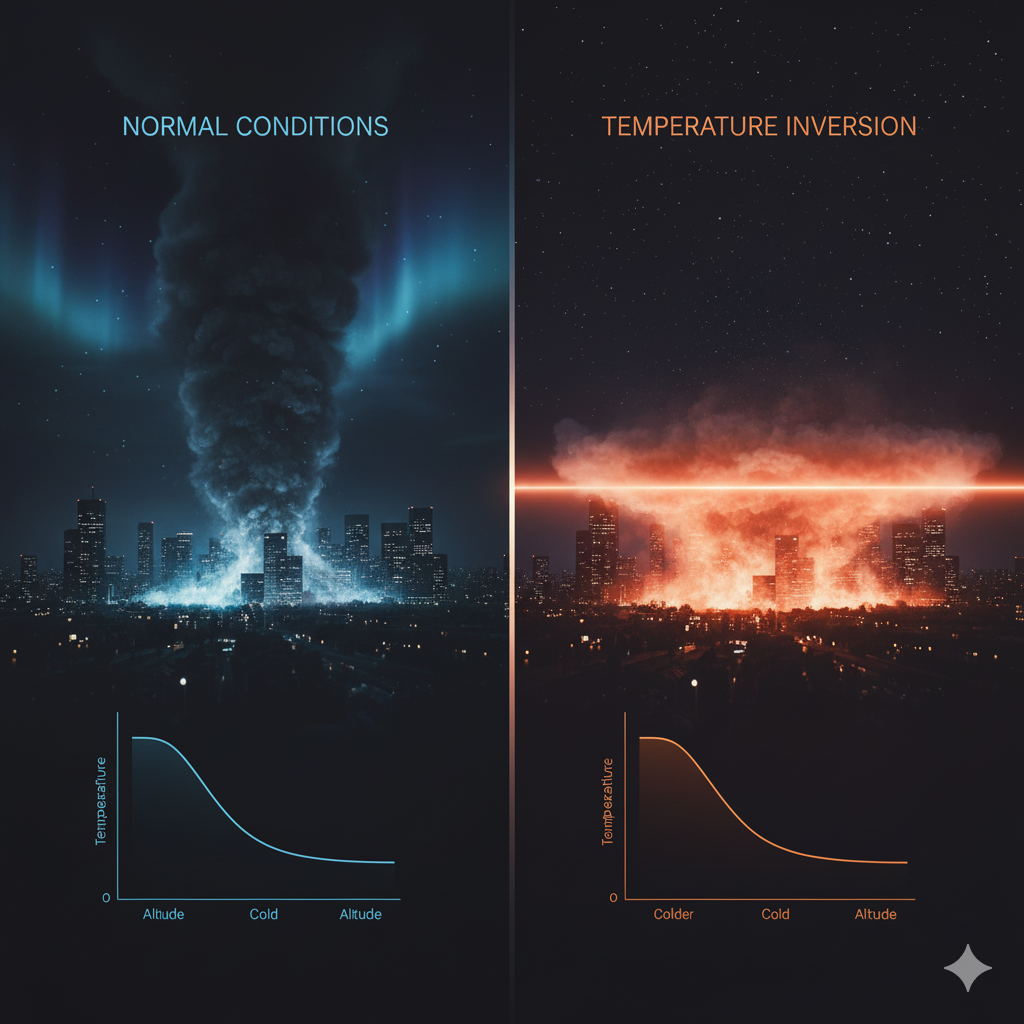Introduction
Desertification is one of the most pressing environmental challenges of the 21st century. Defined as the process of land degradation in arid, semi-arid, and dry sub-humid areas resulting from various factors, including climatic variations and human activities, it threatens the sustainability of ecosystems and livelihoods. Traditionally, desertification was understood as the “expansion of deserts” and was seen as a phenomenon restricted to hot and dry climates such as the Sahara or Thar Desert. However, modern environmental studies and international frameworks like the United Nations Convention to Combat Desertification (UNCCD) make it clear that desertification is not limited to any specific climatic zone.
In fact, the process of desertification does not respect climate boundaries. It can occur in drylands, humid tropics, temperate regions, or even cold deserts. This universality stems from the fact that desertification is not merely about the absence of rainfall or high temperatures but rather the degradation of land productivity due to natural and anthropogenic factors. Therefore, while deserts are geographically bounded, desertification is a process that transcends climatic boundaries.
This essay provides a detailed exploration of the phenomenon, including its definition, causes, mechanisms, geographical spread, global and regional examples, impacts, and policy frameworks, thereby justifying why desertification does not have climatic boundaries.
Understanding Desertification
Concept and Definitions
- According to the UNCCD (1994), desertification refers to “land degradation in arid, semi-arid, and dry sub-humid areas resulting from various factors, including climatic variations and human activities.”
- The FAO emphasizes that desertification is primarily about the decline of biological productivity of land, regardless of the climate zone.
Thus, desertification is not about deserts expanding but about the loss of soil fertility, vegetation cover, and ecosystem productivity.
Key Processes Involved
- Soil erosion by wind and water.
- Loss of soil organic matter and nutrients.
- Salinization and alkalinization.
- Overgrazing and deforestation.
- Unsustainable agricultural practices.
Why Desertification Does Not Have Climate Boundaries
1. Human Activities Drive Desertification Across All Climates
While climatic stress (such as droughts) can intensify desertification, it is human-induced pressures—deforestation, overgrazing, over-cultivation, and unsustainable water use—that trigger and accelerate land degradation in diverse climatic settings.
- In arid climates like the Sahel, desertification is driven by population pressure, fuelwood collection, and livestock grazing.
- In humid tropics like the Amazon, deforestation for agriculture and logging leads to soil degradation, lateritic crusting, and land becoming barren.
- In temperate climates like Europe or North America, industrial farming, monocropping, and chemical overuse contribute to soil erosion and fertility loss.
- Even in cold regions like Mongolia, overgrazing of fragile steppe ecosystems has caused rapid desertification.
2. Climatic Variability Is Universal
Extreme weather events—droughts, floods, heatwaves—occur in all climate zones. These can trigger or accelerate land degradation, regardless of whether the region is tropical, temperate, or polar.
3. Land-Use Practices Transcend Climatic Boundaries
Agricultural expansion, urbanization, mining, and infrastructural development are global in nature, cutting across climatic boundaries. Their impact on land productivity causes desertification everywhere.
Global Examples of Desertification Beyond Climatic Boundaries
1. Africa (Arid Climate)
- Sahel Region: Located south of the Sahara, this zone has witnessed severe desertification due to overgrazing, deforestation, and droughts. Countries like Niger, Mali, and Chad have lost millions of hectares of productive land.
- Horn of Africa: Repeated droughts coupled with poor land management practices have worsened desertification.
2. Asia (Semi-Arid to Cold Climates)
- China: The Gobi Desert is expanding rapidly due to over-cultivation, overgrazing, and water mismanagement. China loses nearly 3,500 sq km of land to desertification annually.
- Mongolia: Steppe ecosystems are degrading due to overgrazing by sheep and goats. Even though Mongolia has a cold climate, its soils are becoming desertified.
- India: The Thar Desert region faces intense desertification, but even in semi-arid and sub-humid regions like Bundelkhand and Deccan Plateau, soil erosion and water scarcity have degraded vast tracts of land.
3. South America (Humid Tropics)
- Amazon Basin: Excessive deforestation for cattle ranching and soy farming causes soil compaction, nutrient loss, and erosion. Despite being a rainforest region, desertification-like processes are degrading the land.
- Northeast Brazil: Known as the Sertão, this region suffers from desertification due to recurrent droughts and unsustainable land use.
4. North America (Temperate Climate)
- The Dust Bowl (1930s, USA): Over-ploughing and monoculture practices in the Great Plains led to massive wind erosion and land degradation, despite being a temperate region.
- Mexico: Semi-arid lands have been degraded due to overgrazing and mismanagement of water resources.
5. Europe (Mediterranean Climate)
- Spain and Greece: Over-cultivation, tourism-related urbanization, and deforestation are causing severe desertification in Mediterranean Europe. Spain is considered one of the most desertification-prone countries in the EU.
6. Oceania (Varied Climates)
- Australia: Despite its diverse climate zones, unsustainable irrigation practices have caused salinization and land degradation in the Murray-Darling Basin, one of the most fertile agricultural regions.
Factors Contributing to Desertification Across Climates
1. Climatic Factors
- Droughts, floods, and irregular rainfall patterns.
- Rising temperatures due to climate change.
- Increased evapotranspiration in all climates.
2. Human-Induced Factors
- Deforestation: Tropical forests in Amazon and Congo; Mediterranean forests in Spain.
- Overgrazing: Sahel (Africa), Mongolia (Asia).
- Over-cultivation: India’s drylands, USA’s Dust Bowl.
- Urbanization and Mining: Chile’s Atacama, Australia’s mining belts.
- Irrigation Mismanagement: Salinization in Indus Basin (Pakistan), Murray-Darling (Australia).
Impacts of Desertification (Universal Across Climates)
- Environmental Impacts
- Loss of biodiversity.
- Soil erosion and fertility decline.
- Reduced carbon sequestration and contribution to climate change.
- Economic Impacts
- Reduced agricultural productivity and food insecurity.
- Loss of livelihoods for farmers and pastoralists.
- Increased poverty in affected regions.
- Social Impacts
- Migration and climate refugees.
- Resource conflicts over land and water.
- Impact on indigenous and traditional lifestyles.
Policy Responses and Global Frameworks
1. UNCCD (1994)
The first legally binding international agreement addressing desertification. It emphasizes sustainable land management (SLM) across all climate zones.
2. Sustainable Development Goals (SDGs)
- SDG 15 (Life on Land) explicitly addresses desertification and land degradation neutrality (LDN).
3. Regional Initiatives
- Great Green Wall Initiative (Africa): Aims to restore 100 million hectares across Sahel.
- China’s Green Great Wall: Afforestation projects to stop Gobi desert expansion.
- EU Desertification Strategy: Focuses on Mediterranean countries.
Case Studies Justifying Absence of Climatic Boundaries
- Dust Bowl (USA, 1930s): Temperate climate, yet desertification occurred.
- Amazon (Brazil): Humid tropical rainforest, yet deforestation causes soil degradation.
- Spain: Mediterranean climate, yet faces high desertification risk.
- Mongolia: Cold desertification due to overgrazing of fragile ecosystems.
- Sahel (Africa): Classic arid zone desertification.
These examples prove that desertification is a global process, not restricted by climatic boundaries.
Future Outlook
- Climate Change Intensification
- Rising global temperatures and extreme weather events may accelerate desertification across all climates.
- Rising global temperatures and extreme weather events may accelerate desertification across all climates.
- Population Pressure
- Increasing demand for land, food, and resources will push land degradation further.
- Increasing demand for land, food, and resources will push land degradation further.
- Technological Interventions
- Use of remote sensing and GIS for monitoring.
- Drought-resistant crops and sustainable land management practices.
- Global Cooperation
- Strengthening UNCCD and implementing LDN targets are essential for tackling this global issue.
Conclusion
Desertification is a process-driven phenomenon that transcends climatic boundaries. Unlike deserts, which are confined to specific geographical regions, desertification is the result of unsustainable human practices and climatic variability, affecting lands from the Sahel to the Amazon, from the Dust Bowl of the USA to the steppe lands of Mongolia.
Its occurrence in arid, semi-arid, tropical, temperate, and cold climates alike underscores the fact that desertification does not have climate boundaries. Addressing this challenge requires a global and integrated approach, combining sustainable land management, reforestation, community participation, and strong international cooperation.
Ultimately, desertification reflects the delicate balance between human activity and natural ecosystems. Protecting land productivity is not just an ecological necessity but a social, economic, and moral imperative for sustainable development.




